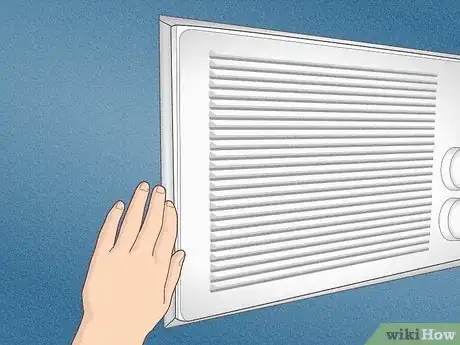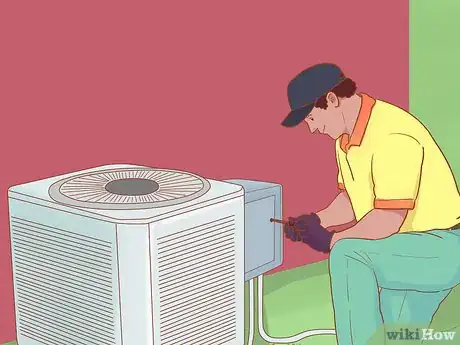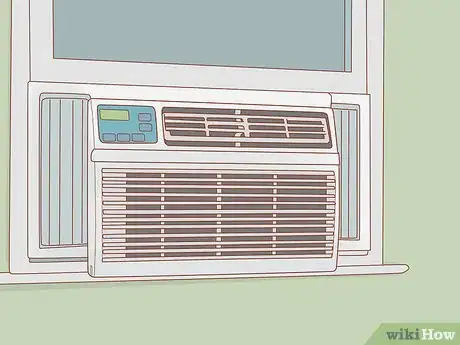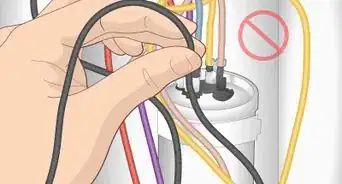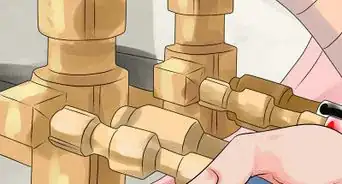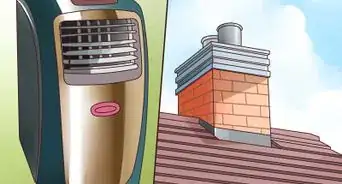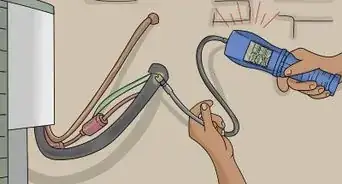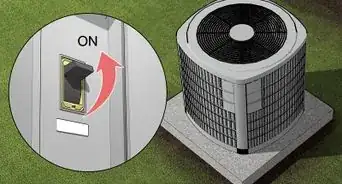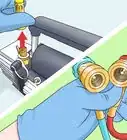This article was co-authored by Victor Belavus and by wikiHow staff writer, Eric McClure. Victor Belavus is an Air Conditioning Specialist and the Owner of 212 HVAC, an air condition repair and installation company based in Brooklyn, New York. In addition to HVAC and air conditioning units, Victor also specializes in furnace repair and air duct cleaning. He has over 10 years of experience working with HVAC systems.
There are 9 references cited in this article, which can be found at the bottom of the page.
If you’re enjoying a blast of cool air on a hot summer day, you’re going to be reasonably bummed if you suddenly notice water pouring down your wall at your AC unit. Luckily, this is usually a very solvable DIY job. In this article, we’ll show you how to narrow down the potential problems and fix your AC system to get back to cooler temperatures.
Things You Should Know
- Clean the coil inside of your AC system and wipe the pan underneath it with soap and water.
- Change the filter that sits on the inside of the AC’s grill. If it’s a reusable filter, clean it with soap and water.
- Pour bleach or drain cleaner down the drain line to clear blockages.
- Contact an HVAC service technician if you can’t get your unit to stop leaking by cleaning it and making basic repairs.
Steps
References
- ↑ https://modernize.com/hvac/central-air-conditioner-installation/split
- ↑ https://www.energy.gov/energysaver/common-air-conditioner-problems
- ↑ https://www.energy.gov/energysaver/maintaining-your-air-conditioner
- ↑ https://www.homecomfortusa.com/our-blog/is-it-okay-to-run-you-ac-24-7/
- ↑ https://learnmetrics.com/air-handler-leaking-water-on-floor-5-dripping-split-ac-causes/
- ↑ https://youtu.be/sqUVfW4Y65E?t=41
- ↑ https://www.ahs.com/home-matters/repair-maintenance/recharging-your-home-ac/
- ↑ https://documents.alpinehomeair.com/product/Blueridge%20Installation%20%26%20Owners%20Manual%202017.pdf
- ↑ https://www.pickhvac.com/window-air-conditioner/troubleshoot/leaking-water/
